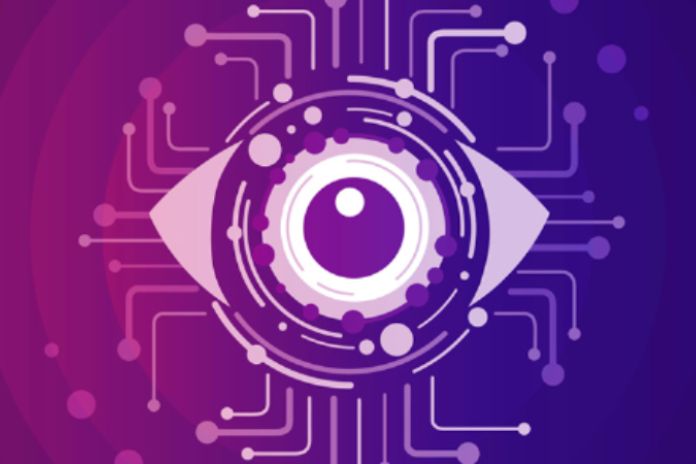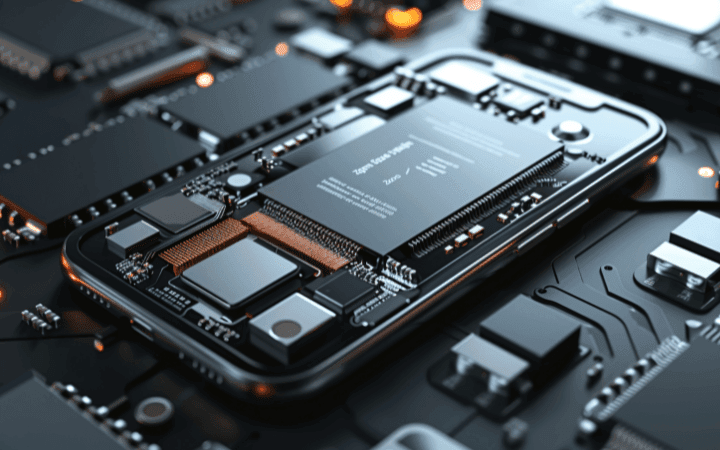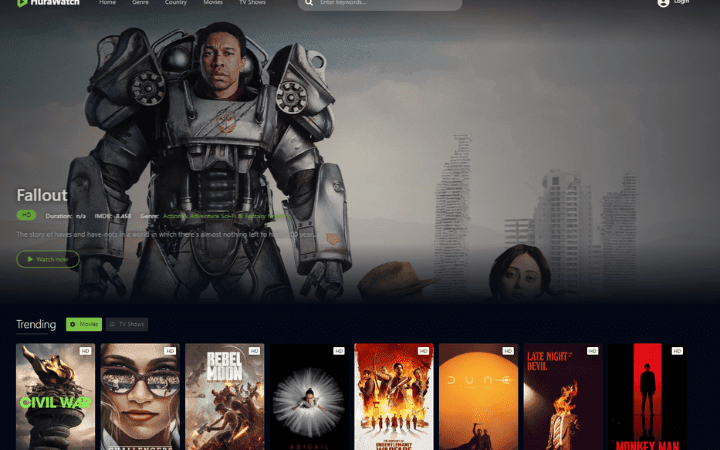What Is Computer Vision: The History Of The Concept

To know what computer vision is, we need to turn to history. In 1972, Texas Instruments created the world’s first digital camera. Three years later, in 1975, Cyclops became the first digital camera sold on the market capable of connecting to a computer.
With the creation of the first sensors, it became possible to interpret the images. The first VC projects aimed to recognize and interpret handwritten and typed texts through optical character recognition. The idea arose so that blind people could be better inserted into the market, and, to this day, the AI aspect plays a vital role in this sector.
There are many ways that Computer Vision (VC) works to assist in the inclusion and quality of life of blind people. Assistive Technology is the group of resources and services that provide people with little or no vision with access to products, resources, methodologies, strategies, practices, and services. Computer Vision (VC) is a great ally.
An example is the games developed for entertainment and even evaluation of blind people. As the AI aspect is still an evolving field, most of them are still in the research and testing phase. Still, they can already be considered a clear example of how technology is helping various social pillars, such as health and education.
Initially made for non-atypical people, games played a significant role in the evolution of VC, as the gaming boom helped popularize the technology.
The popularization of the internet and video games in the 1990s significantly advanced technology and computer vision (VC).
Deep Fake: Surpassing Reality
From the first decade of the 2000s onwards, technological advances began to scale rapidly, bringing resources to the population that previously seemed impossible. Deep Fake is one of the techniques that best exemplifies the tremendous advancement that Computer Vision (VC) processes have been gaining.
Popularized in 2020, the feature can replace the image of a person with another or even create the idea of a non-existent person in video recordings.
The term mixes the expressions “Deep Learning” and “Fake,” which means that it uses the hierarchical model created by Deep Learning to make machines learn human behavior patterns and produce a false or fake situation.
Deep Fake’s product is a video that reproduces a person’s expressions, appearance, and even voice. In general, they are created in three stages. The first is responsible for capturing as many images of a person as possible, with varied expressions and lighting – here, the more, the better.
Then, the movements of a second person are recorded, which will serve as the basis for the video. Finally, the captured material is joined, creating the video “that never happened.”
Deep Learning And Artificial Intelligence
Throughout the long path taken by Computer Vision (VC ) so far, a great paradox has been created in the evolution of the function of the one responsible for the operation. When the first VC operator employees appeared, their role was, above all, to research. The employee was also accountable for being a researcher who manually collected all the data to be used in the process.
The difference between him and today’s employee is that, through various aspects of Artificial Intelligence (AI), the machines become capable of thinking, using Datasets to feed Neural Networks responsible for defining standards automatically. The operator then takes on the role of handling the technology, which can be applied in industries in different sectors without needing a specialist.
Computer Vision Solving Business Problems
Some cases perfectly exemplify how Computer Vision (VC) has actively participated in evolutionary processes within various business niches.
Sentiment analysis, also known as emotion mining, is a technology that can interpret how customers react to products in a storefront, for example. All this happens in real-time, through the expressions they show.
An analysis of this type becomes safer, like so many other VC projects, than an evaluation carried out using human labor since the presence of an employee can make people feel inhibited. In addition, one person may interfere with or misinterpret another’s reaction.
Another facial recognition function that has been extensively explored exists in the medical field, specifically to help people with significant physical limitations.






